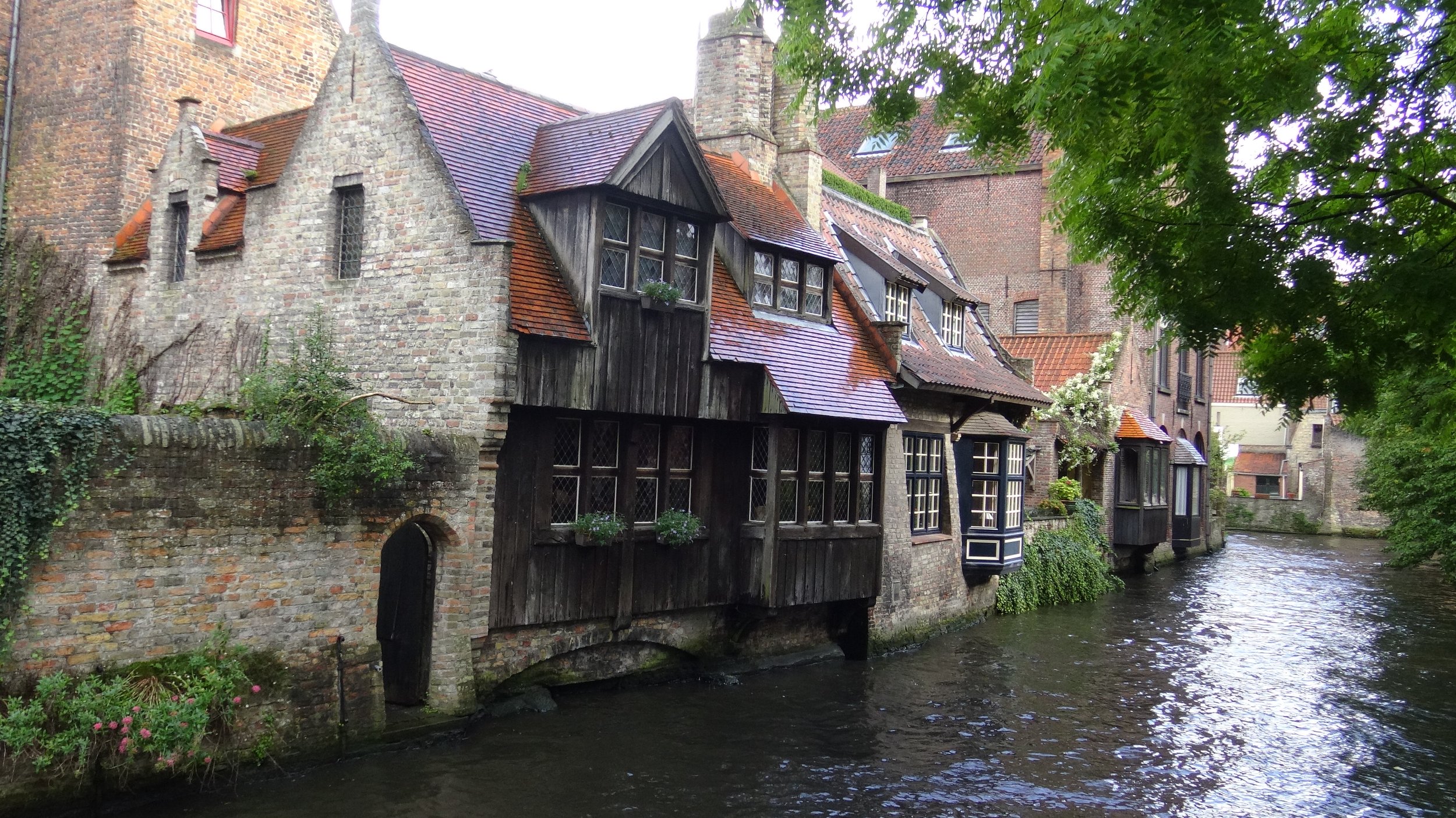Beautiful Bruges: Sights & History
Bruges (Brugge), often called the "Venice of the North," is a fairy-tale city known for its well-preserved medieval architecture, winding canals, and cobblestone streets. This World Heritage site, is steeped in history, where medieval charm is preserved in its Gothic architecture, narrow cobblestone streets, and winding canals. Stunning landmarks showcase its rich past as Northern Europe’s thriving center of trade and culture. It is home to a legendary relic brought back from the Holy land during the second crusade, and also home to a famous sculpture by Michaelangelo, twice taken, twice returned. Embark on an enchanting journey with Haswell Travelled's Bruges: Sights & History YouTube video, exploring its key medieval sights, including a hidden gem, explore its canals, and appreciate its history.
Bruges is about 15 kilometers from the North Sea, connected by water channels during its prosperous history. Bruges dates back to 865 when the first Count of Flanders built a fort to defend against Viking invasions. By the 12th century, Bruges grew to become the capital of the County of Flanders, with defensive walls and canals, including a moat encircling the city. Flemish cloth was a highly sought commodity across Europe, and Bruges was the center of its production and international distribution. Italian merchants and bankers arrived with regular shipping service to Genoa and Venice. And Bruges likely had the world’s first stock exchange with a sophisticated money market opened in 1309, preceding Amsterdam’s exchange by almost 300 years. Dukes of Burgundy loved staying in Bruges after a marriage of convenience linked Burgandy with Flanders.
By the 14th century Bruges grew into an economic powerhouse as the most important market in northern Europe facilitating trade with the south – and it was as large as London. The glorious medieval buildings we see today were built throughout this period. Ships arrived from the North Sea, where goods are transferred to smaller boats to travel the canals past the town of Damme and right into Bruges’ Market Square. At the square, boats were loaded and unloaded by cranes, and goods were stored in a large warehouse before shipment to other countries.
Over time the harbour feeding Bruges begun to silt up. By the 16th century, the Dukes of Burgundy left Bruges, and its sea trade eventually collapsed – shifting trade to Antwerp, and then Amsterdam. And for the next 4 centuries, Brugges was a well-preserved “sleeping beauty”. In the 19th century a new port was built and it eventually grew as a tourist destination. Germany occupied Brugge during both world wars but it was fortunately not damaged. In 1944, Brugge was liberated by Canadian troops. And today it sees about 8 million tourists a year.
Historic Burg Square has medieval buildings fabulously preserved. Its City Hall dates has a wonderful gothic facade built in 1400, white sandstone statues of knights, nobles, and saints. and still functions as their City Hall today. Inside, its Gothic Room is fabulous with Wall murals depicting episodes from the city’s history. The City Court dates back to 1531 and served as their courthouse, with a grand fireplace mantlepiece carved from oak showcasing the hometown Duke of Burgundy and the Holy Roman Emperor Charles V. The Basilica of the Holy Blood is considered the oldest building in Bruges, built in 1150 as a chapel for the Count of Flanders. Legend has it that the blood of Christ on a cloth was brought back from the Holy Land during the second crusade, and is on display in a flask adorned in gold every Friday.
Also not to be missed is the Church of Our Lady dating back to the 13th century with the second tallest brick tower in the world at 115 meters, and fabulous interior architecture. Inside are impressive tombs of the last local rulers of Brugge: Mary of Burgundy and her father Charles the Bold. And its grand showcase is Michelangelo's Madonna and Child statue twice stolen and twice recovered.
Bruges beautiful canals and stone buildings are a feast for the eyes - including a hidden stone bridge behind the Church of Our Lady which is easily missed. Immerse yourself in the captivating episode of Bruges: Sights & History on the Haswell Travelled YouTube channel. The video is also easily accessible via the website’s Netherlands & Belgium web page, allowing viewers to explore this enchanting content alongside other fabulous destinations.

